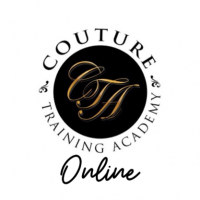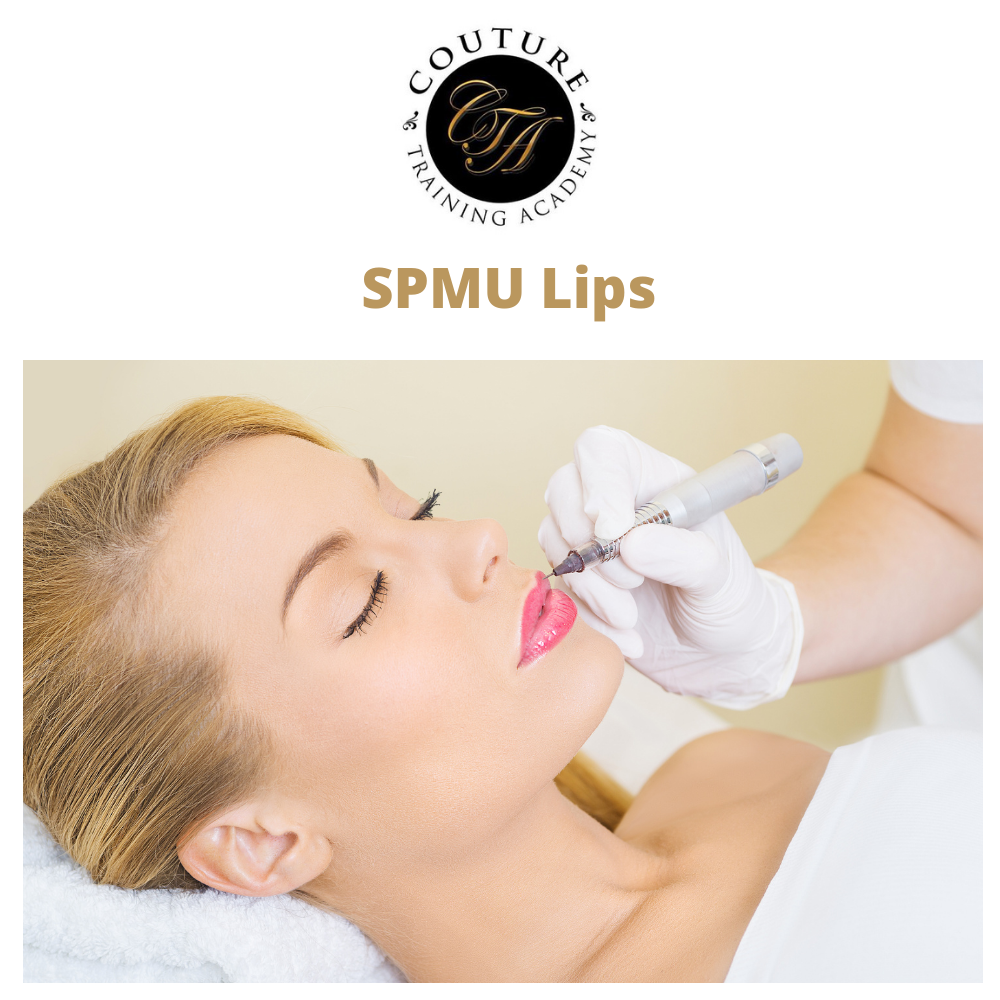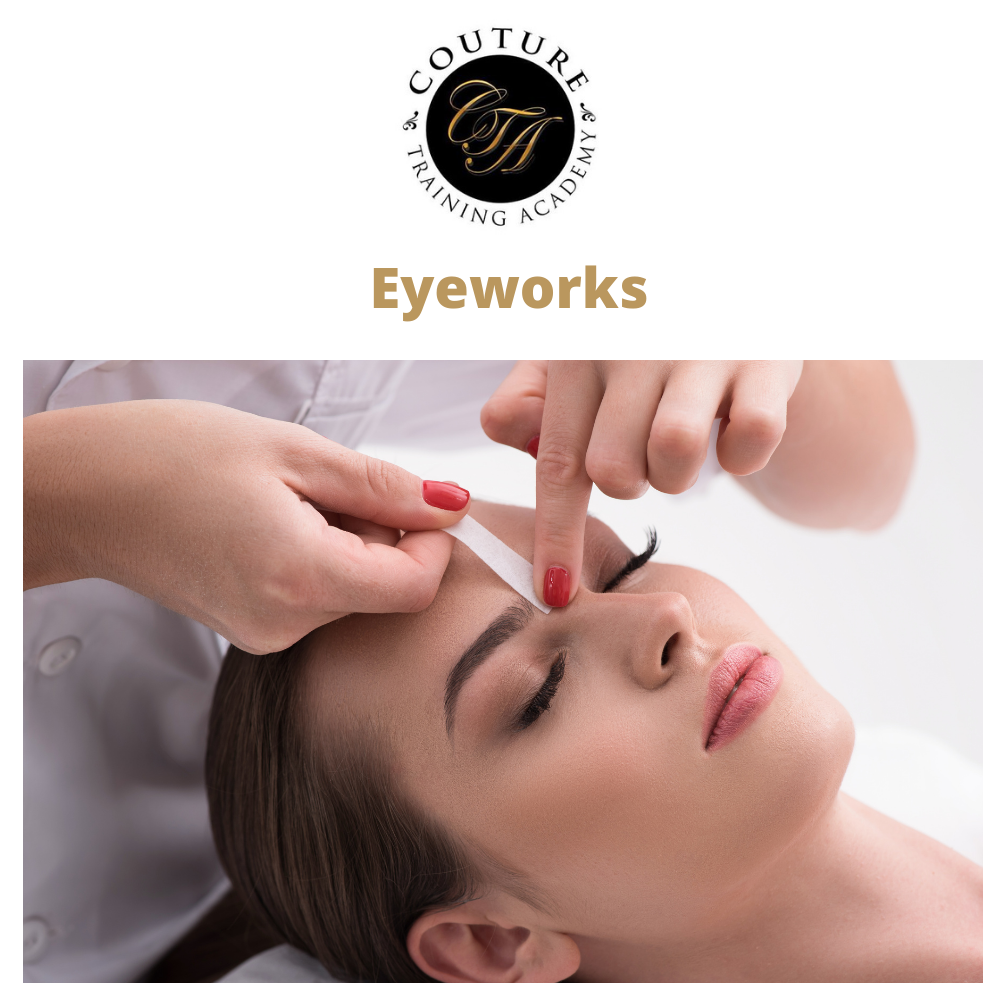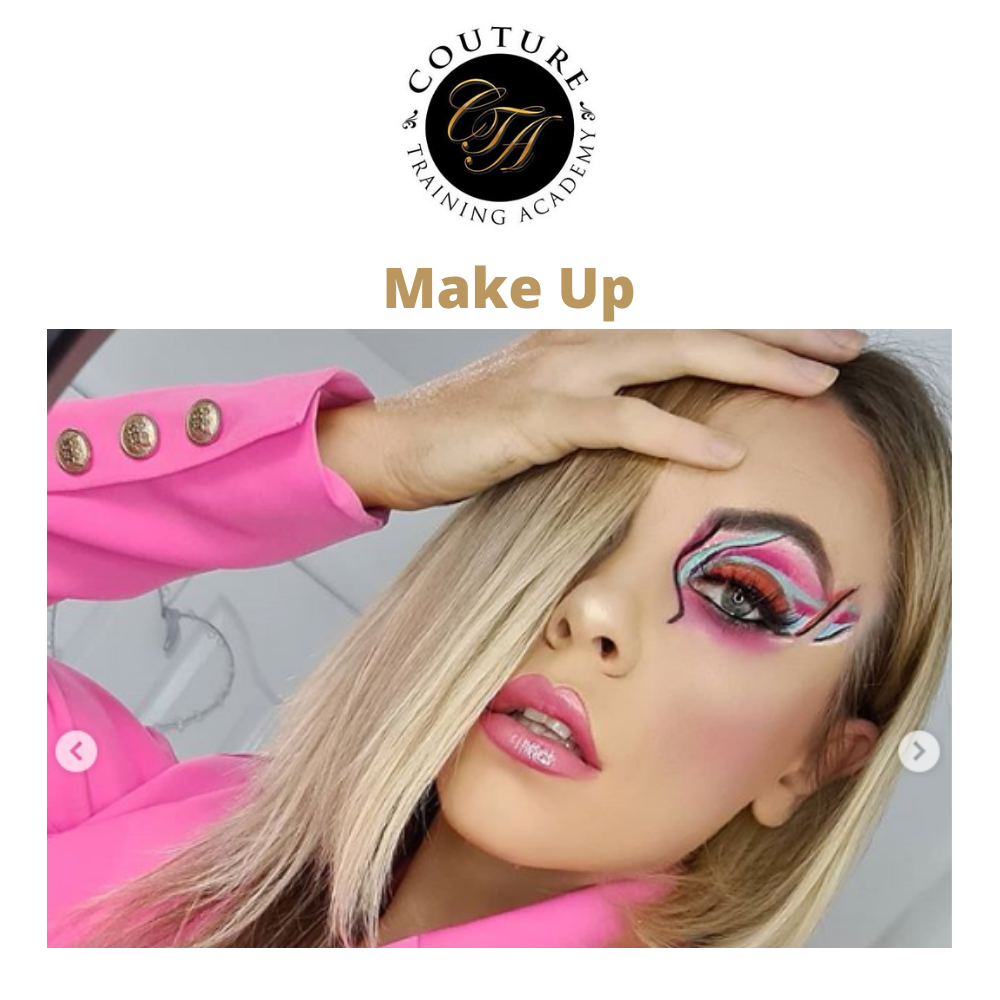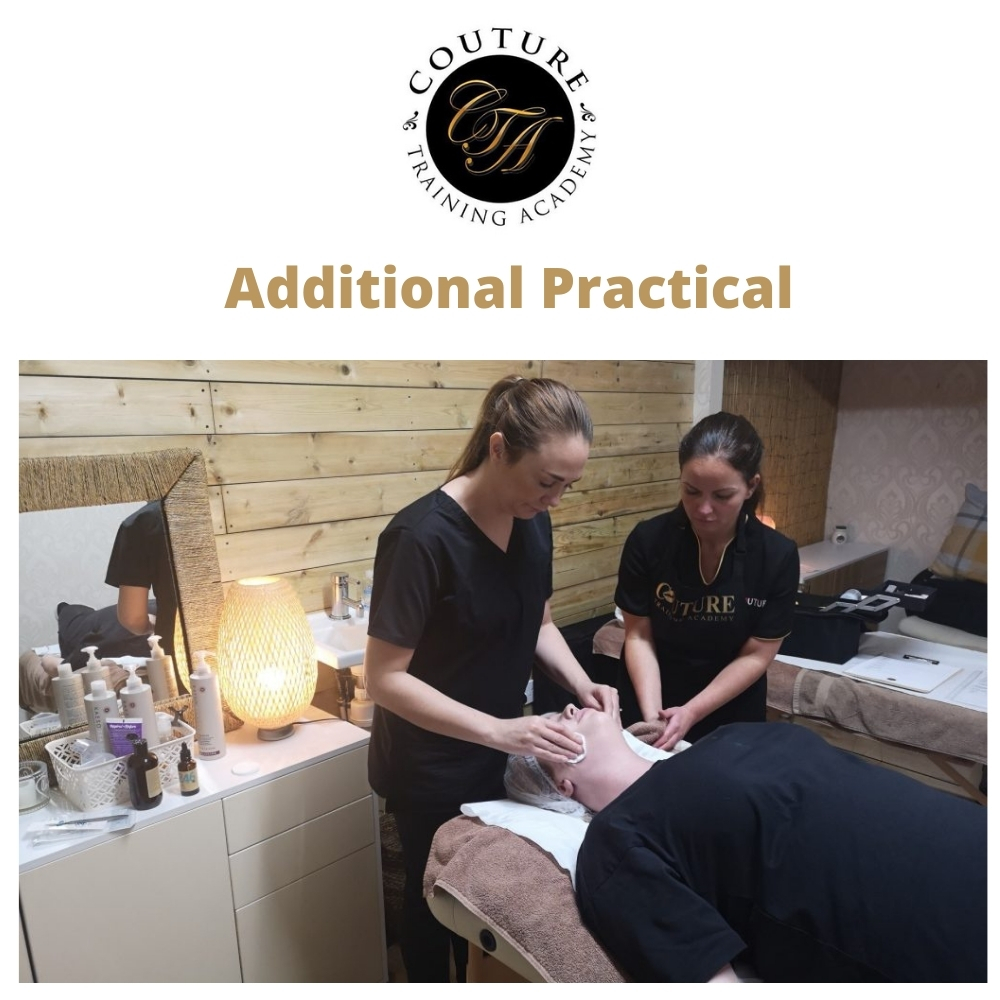Description
Semi-Permanent make-up has existed since the ice age when they used crude natural substances to create colour under the skin. Egyptian mummies have been discovered with face and body tattoos and Cleopatra is believed to have had makeup tattooing. There is also the ancient Japanese art of full intricate body tattooing done by hand, called Tebori that is still practiced today.
The principles today of placing colour under the skin remain the same, however with advances in technology has come an array of varying techniques and methodology. A wide variety of machines and colour pigment is now available to choose from.
The very first electric tattoo machine was designed by a man from New York in 1880 called Samuel O’Reilly. The first recorded eye make-up procedure was performed by an Oculoplastic Surgeon in the USA called Dr. Crowell Beard, who performed an eyeliner procedure as a replacement for the loss of eyelashes.
Dermal Pigmentation, Micro-pigmentation, micro-derma-pigmentation, derma-pigmentation, dermal graphics, and cosmetic tattooing are a few of the alternative known names of Permanent Make-up or Semi-Permanent Make-up which are the more recognised amongst the general public.
In 1979 a lady named Pati Pavlik is noted as being at the forefront of making Semi-permanent make-up tattooing socially acceptable, which has now filtered its way into the modern woman’s life. Pati Pavlik is fondly named the ‘Mother of Permanent Make-up’ and has helped to further change legislation across the USA and Europe.
Since 1979 there have been numerous associations set up solely for Semi-Permanent Make-up Tattooists. The society of Permanent Cosmetic Professionals was founded by Susan Preston and Susan Church in 1990, to ensure high minimum standards of the practice. In 2001 Cosmetech the first Semi-Permanent Cosmetic Trade Magazine was launched.
Course Requirements: Most of our courses require a minimum of a Level 3 in Beauty Therapy or something equivalent, so please check with the team as we can work on a solution through training so that you to meet the requirements and any missing requirements can be added to the training as and when required.
If you do not have this then you will need to do our Anatomy and Physiology Course
Course Content:
- Theory
- Understanding the equipment
- Health, Safety, and Hygiene
- Skin anatomy
- Client consultation
- Protocol and forms
- Pigments
- Client aftercare
- Trouble Shooting
- Colour changes
- Lip Placement
- Anesthetics
A Certificate is issued upon successful completion of this accredited course and we will supply you with a direct link to reputable insurers.
Our training is accredited and insurable, requirements may vary from insurer to insurer so we ask all students to check with their own insurer before booking any courses.
Our Courses have been specially adapted and can be learned via our exclusive online training portal and in your own comfortable environment.
PLEASE NOTE: That an additional practical is required for passing this course. This is charged at £1000 – payable at the salon directly.
Contact the Team for more information.
The course is 3 days long, 2 days studying at home doing all your theory and 1 day practical in the training academy. This is based on roughly on 6 hour days.
You will need 2 models for your practice session.
You will also have to provide 2 case studies after your training is complete.
